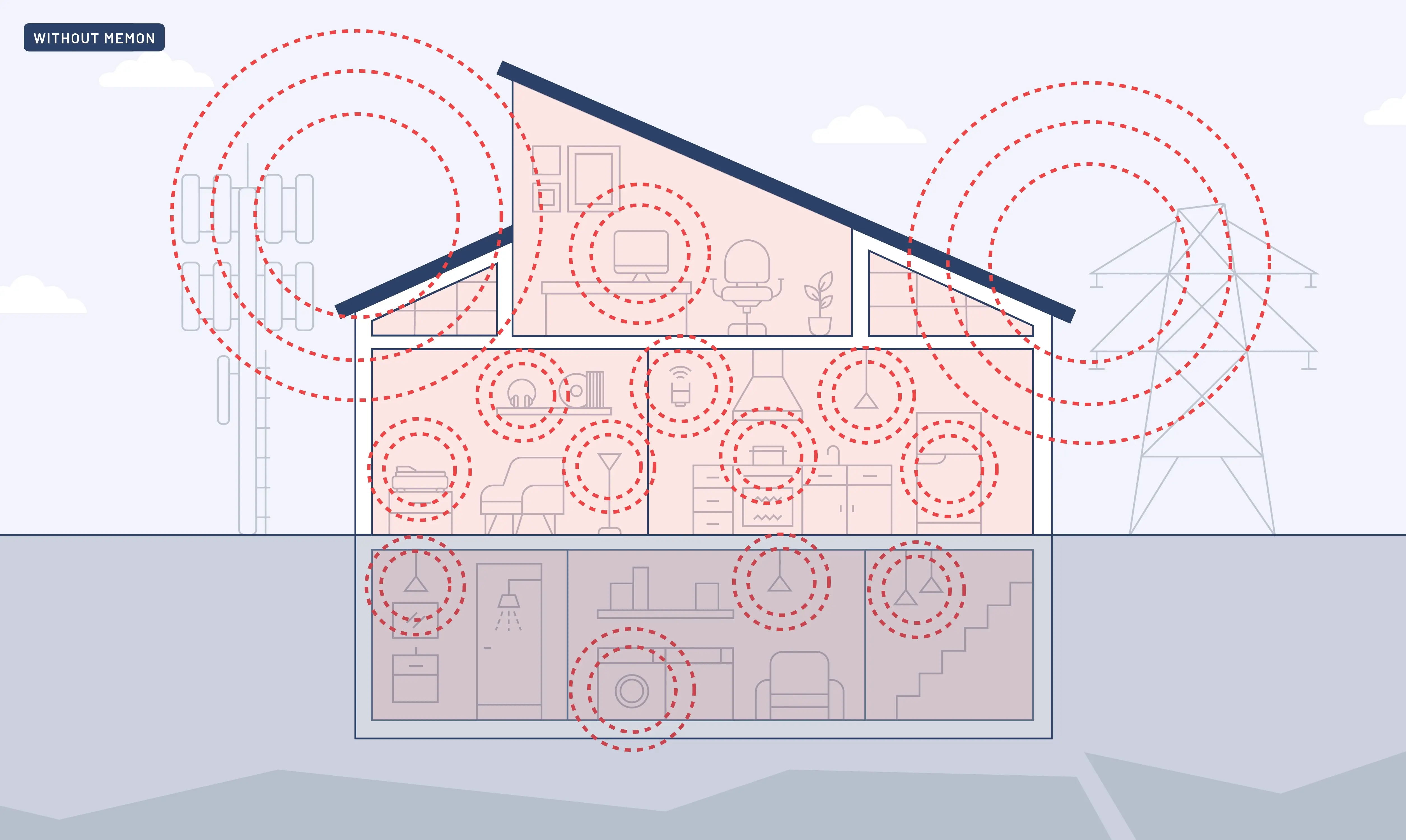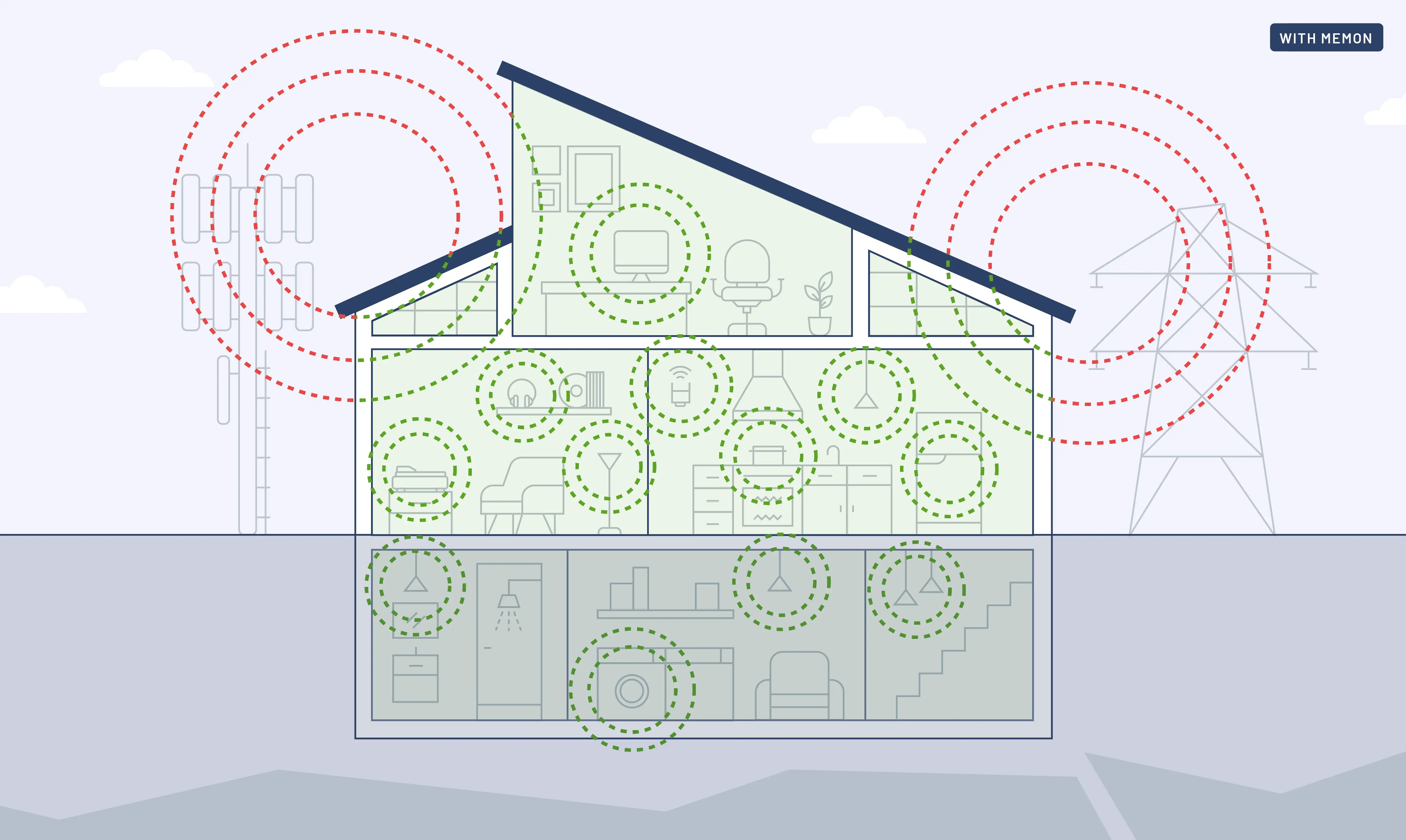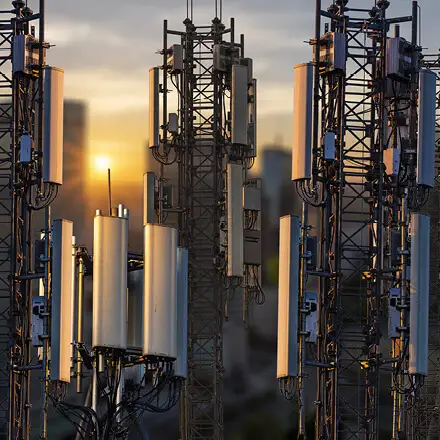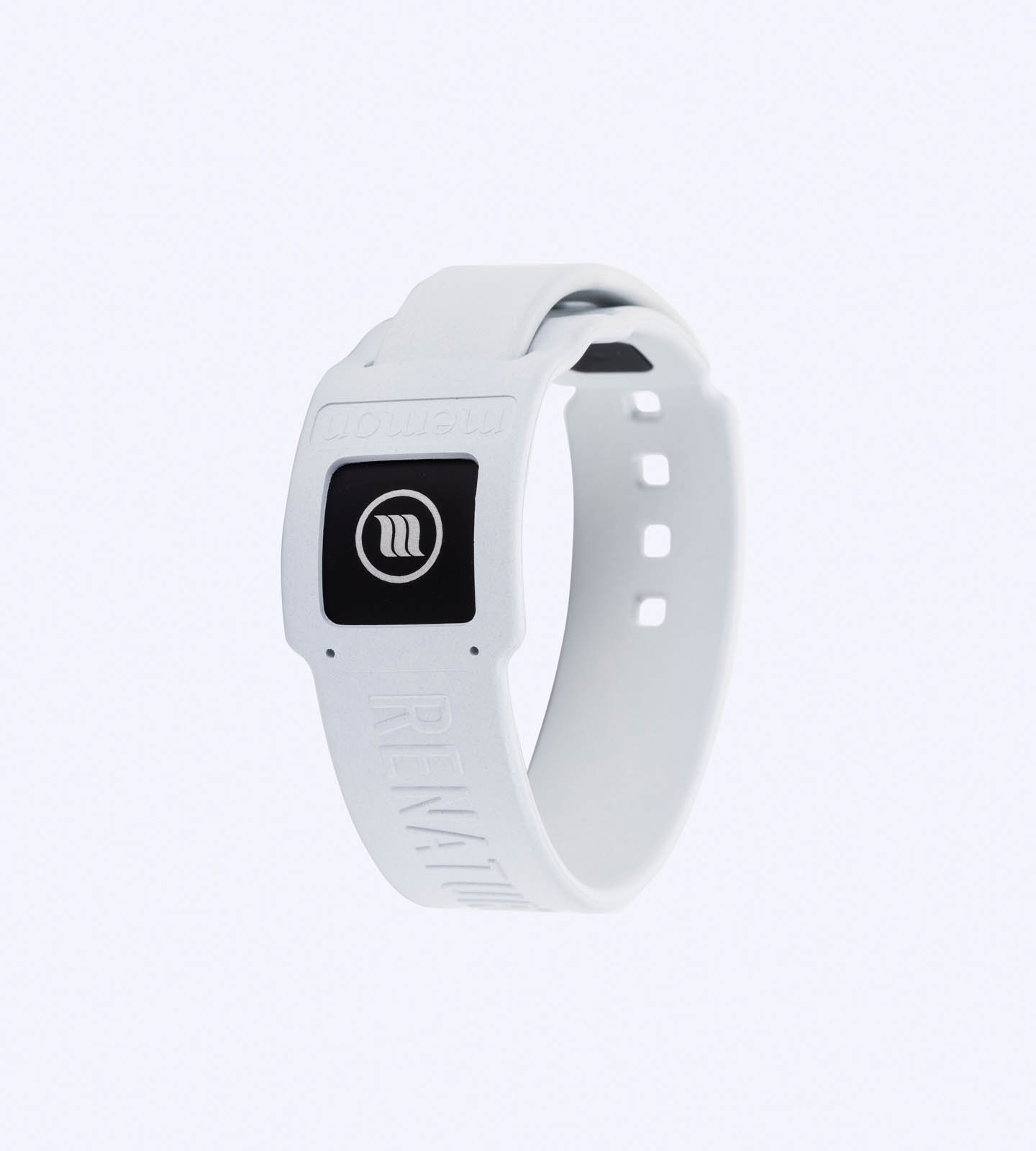

Slide for effect
The story
behind memon.
memon bionic instruments GmbH has been around since 2002 and the history of our family business is a story with curves, corners and edges. It is a story about a successful entrepreneurial couple in the real estate business and of unexplained chronic ailments. A seemingly inconspicuous device with an aluminium casing plays a major role in it. It is the first step towards a version, provoking a rethinking and finally a new beginning. A decision with many consequences.
Sounds curious or strange? Not in the slightest. Read it for yourself...
Learn more






























